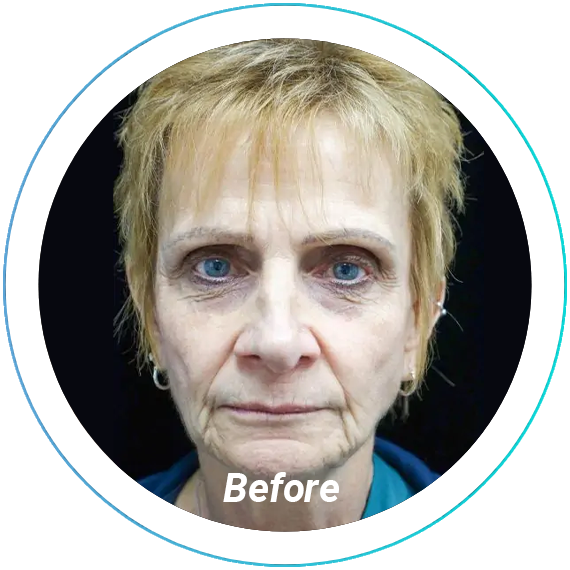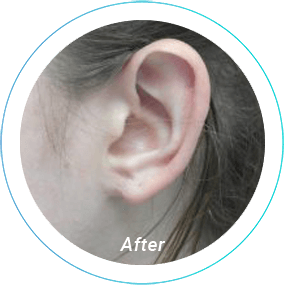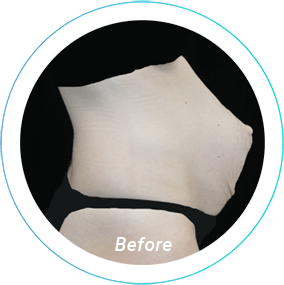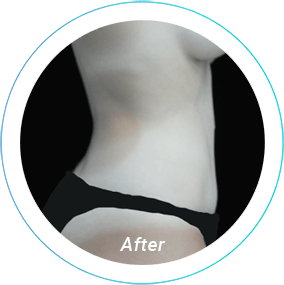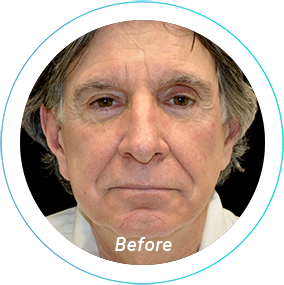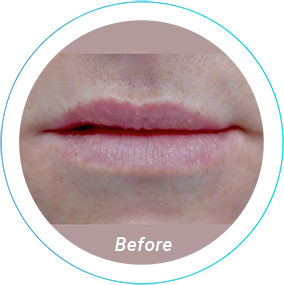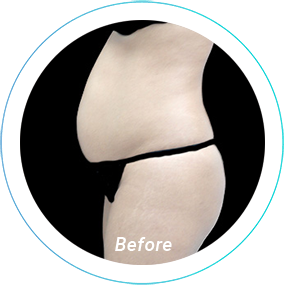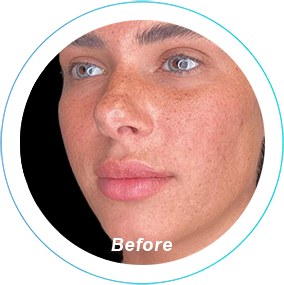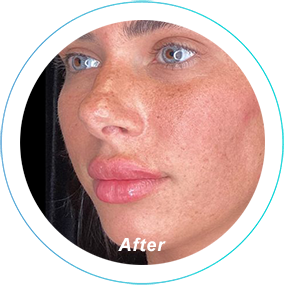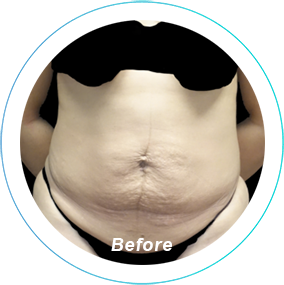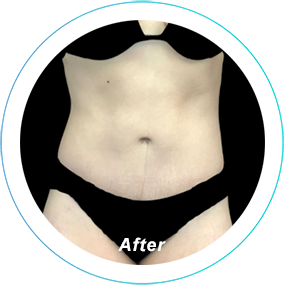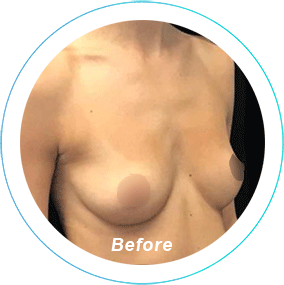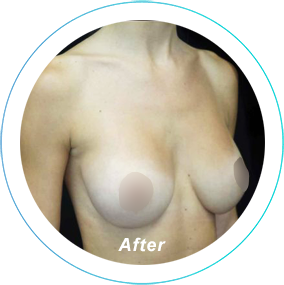This winter has been uncharacteristically warm so far, but that doesn’t mean that colder temperatures aren’t just around the corner. Cold weather doesn’t just mean higher heat bills – it can also wreak havoc on your skin. Prevent damage to your exterior by following these simple tips.
Ruddy cheeks and bumps: raw cheeks, like your nose, may just be a consequence of sudden temperature changes. But the culprit may also be rosacea. Rosacea is a condition that causes blood vessels to swell up, leading to more visible, lasting redness. It may also be accompanied by bumps on the nose and cheeks.
If you think rosacea might be behind your redness, schedule an appointment with us. Marissa Casoli, our Physician Assistant, specializes in many types of laser treatments, including Intense Pulse Light therapy which treats rosacea in addition to suns spots, melasma, and other blemishes. In the meantime, remember to always moisturize and apply sunscreen.
Dry hands: with a low number of oil glands, your hands are particularly susceptible to the cold, dry winter air.
Supplement your natural defenses by applying hand cream before putting on your gloves and going out. The warmth of the gloves will help your hands to absorb the cream’s ingredients and you’ll be better protected as you go throughout your day.
Consider turning down the heat in your showers. A hot shower might feel great when the temperature drops, but too much heat saps the moisture from your skin. A moderately warm, shorter shower won’t compromise your body’s defenses quite as much. Always be sure to apply lotion after you shower to trap the moisture in your skin before it evaporates.
Raw, red nose: nobody likes looking like Rudolph, especially in the middle of January. But the constant transition between the outdoor chill and dry, indoor heat, not to mention constant nose blowing, might leave your nose a bit raw.
Take it easy on yourself. Spring for the extra soft tissues if your nose is running. Applying a warm (but not too hot) compress to your face after coming indoors can also help to ease the transition.
Chapped lips: maybe you don’t leave home without your lip balm. Even so, that might not be enough to stop your lips for becoming dry, cracked, chapped and painful in the chill of winter.
If your lips are severely chapped, take a clean toothbrush and use it to (gently!) exfoliate your lips. Try to avoid licking your lips, which can be hard to do when they’re feeling dried out. Buy a lip balm with lanolin or beeswax and reapply it throughout the day. Consider incorporating a lip treatment into your nighttime routine if you haven’t already. People tend to sleep with their mouths open, which can drain moisture from your mouth overnight.
Scaly legs: treating the red, dry patches on your legs may be as simple as turning down the heat in the shower and moisturizing. However, if those patches have started to look a bit more scaly, you may be dealing with psoriasis.
During the winter, your skin (especially areas that are often covered up- like legs) is less exposed to the sun’s UVB rays, which can limit the growth of skin cells. This can lead to the symptoms of psoriasis becoming more pronounced. In addition to moisturizing, finding healthy ways to manage your stress can help to prevent this condition from getting worse.
Eyebrow dandruff: it’s certainly not the most comon or serious issue on this list, but dandruff can come as a surprise if you’re not expecting it. Winter dryness can lead to dandruff popping up not just on your scalp, but in your eyebrows as well.
If you’ve found flakes, remember to include your eyebrows in your face washing regimen. Consider investing in a facial buffer if you don’t already use one. Try to hold off on eyebrow products until the flakes are gone.
Overall, preparation for winter weather doesn’t require all that much change from your usual skincare routine. Remember- it’s key to stay hydrated, dress warmly, avoid super-hot showers, and moisturize regularly.



